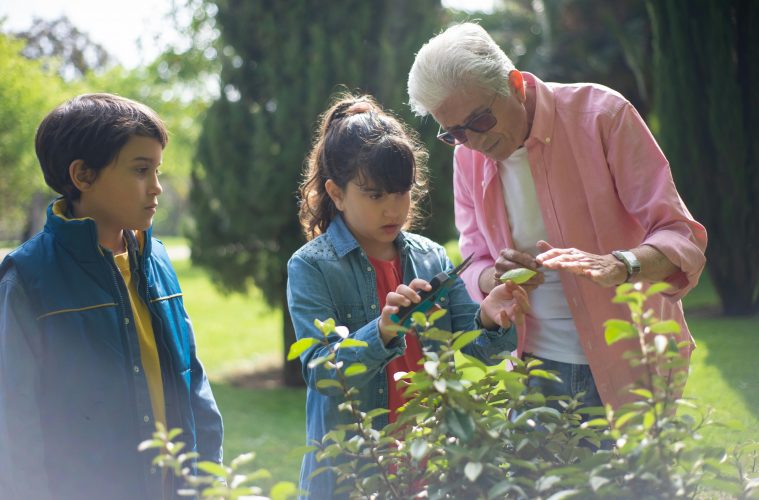We all want our flowers to flourish and bloom forever. Master the art of deadheading and ensure your plants blossom with beauty all season long.
This comprehensive guide will help you understand what deadheading is, what the benefits are, and a step-by-step guide on how to deadhead your flowers for a flourishing plant.
What is deadheading?
Deadheading is the process of removing spent flowers, is a simple yet effective technique that promotes continuous blooming, enhances the overall appearance of your garden, and encourages healthy growth.
The benefits of deadheading
Promotes Continuous Blooming
Deadheading encourages plants to produce more flowers. By removing spent blooms, the plant redirects energy from seed production back into new flower development, resulting in a longer and more abundant blooming period.
Enhances Aesthetic Appeal
A garden with regularly deadheaded plants looks more attractive and well-maintained. Removing faded flowers prevents the plant from looking unkempt and promotes a tidy and visually pleasing garden.
Prevents Seed Formation
When flowers are allowed to go to seed, some plants may redirect energy from producing new flowers to seed development. Deadheading prevents seed formation, encouraging the plant to focus on producing more blooms instead.
Maintains Plant Health
Dead or decaying flowers can attract pests and diseases. By removing these spent blooms promptly, you reduce the risk of disease and help maintain the overall health of the plant.
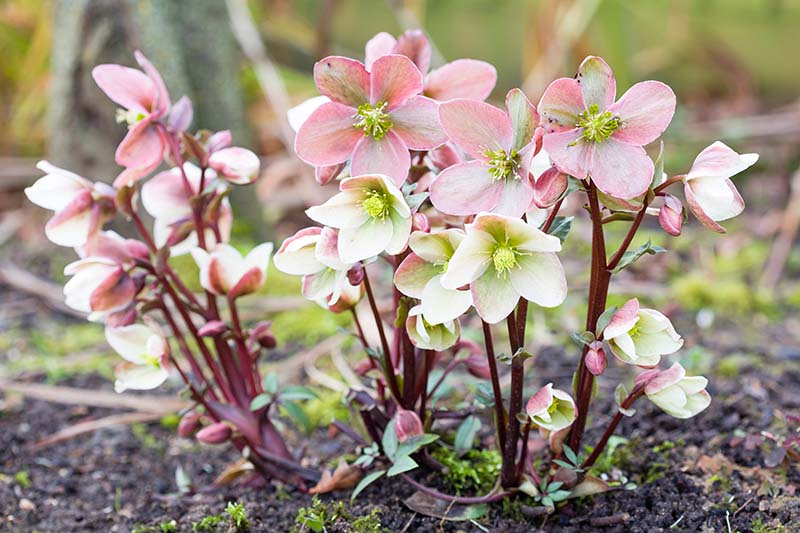
Image credit: Pexels
Stimulates New Growth
Removing spent flowers can stimulate the growth of new branches and foliage. This not only contributes to the overall health and shape of the plant but also results in a fuller and more robust appearance.
Prevents Self-Seeding
Some plants are prolific self-seeders, meaning they can quickly spread throughout the garden. Deadheading helps control self-seeding and prevents invasive tendencies, keeping the garden design intentional and controlled.
Encourages Reblooming Perennials
Many perennial plants, such as certain varieties of salvia or lilies, can produce additional blooms if deadheaded regularly. This practice encourages a more extended flowering season for these plants.
Supports Certain Plant Varieties
Some plants, especially hybrid varieties, benefit greatly from deadheading. This includes many modern roses and annual flowers, where deadheading is often essential for optimal performance and appearance.
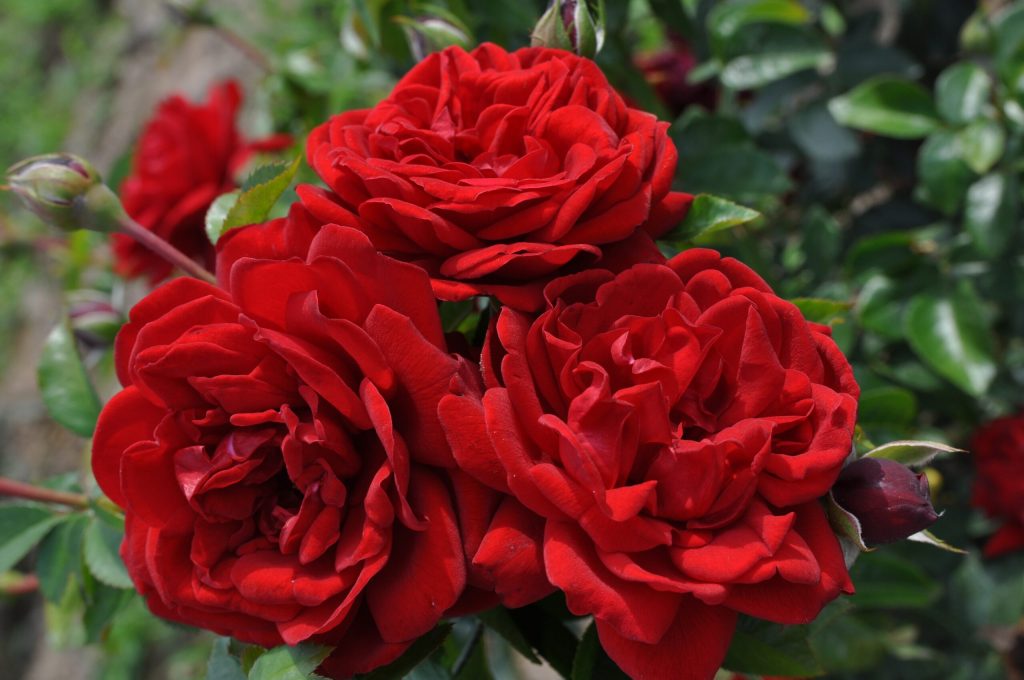
Image: Ludwig’s Roses/ Facebook
A step-by-step guide on how to deadhead flowers
1. Identify Spent Flowers
Regularly inspect your plants for flowers that have faded, wilted, or lost their vibrancy. Spent flowers are usually recognizable by their withered appearance.
2. Choose the Right Time
Deadhead regularly throughout the growing season, especially for plants that produce a continuous display of blooms. Aim to deadhead as soon as flowers start to fade to promote new growth promptly.
3. Tools
Use clean and sharp pruning shears, scissors, or your fingers, depending on the plant. Make sure your tools are sanitized to prevent the spread of diseases between plants.
4. Pinching with Fingers
For plants with soft stems or delicate flowers, like petunias or marigolds, you can often pinch off the spent flowers with your fingers. Pinch just above the first set of healthy leaves or buds.
5. Pruning Shears or Scissors
For plants with thicker stems or multiple flowers on a single stem, use pruning shears or scissors. Cut the stem just above a set of healthy leaves or a bud. Cut at a 45-degree angle to allow water to run off and reduce the risk of disease.
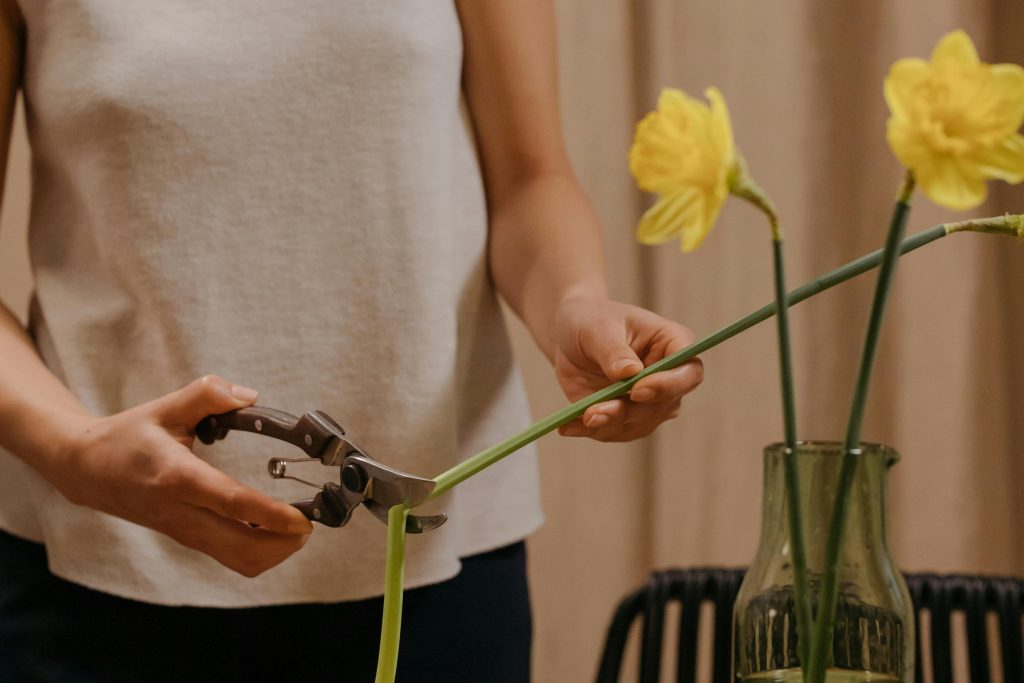
Image credit: Pexels
6. Remove Entire Cluster (Optional):
Some plants, like roses or certain types of salvia, benefit from the removal of the entire spent flower cluster rather than just individual flowers. Cut back to a set of healthy leaves or a bud.
7. Be Mindful of Seed Heads:
If you want to prevent self-seeding, be sure to remove not only the faded flowers but also any developing seed heads. This is especially important for plants that can become invasive or spread quickly.
8. Clean Up Debris
After deadheading, clean up any fallen petals or plant material around the base of the plant. This helps maintain a tidy garden and reduces the risk of disease.
9. Water and Fertilize
After deadheading, give your plants a good watering and consider applying a balanced fertilizer to encourage new growth and additional blooms.
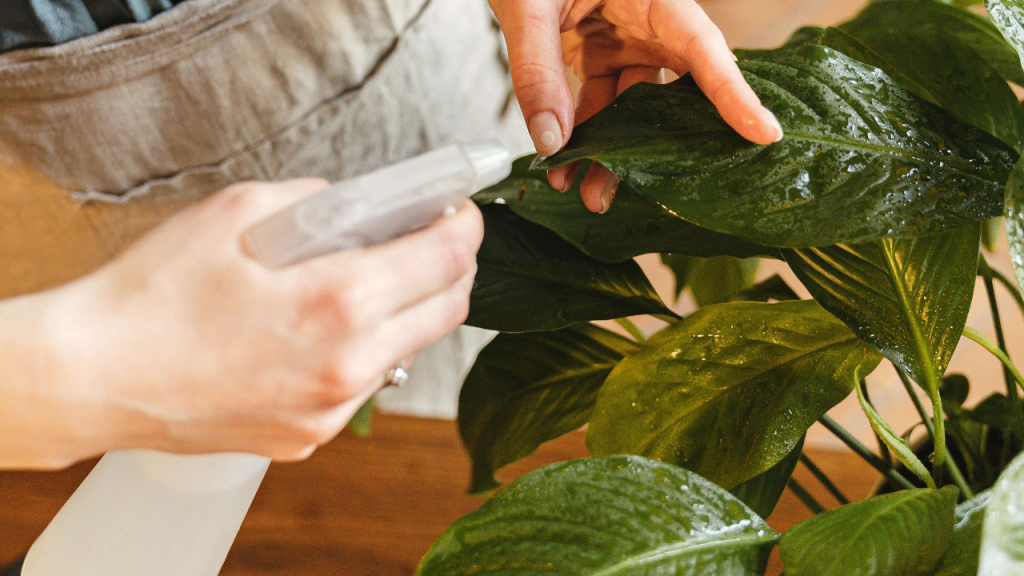
Image credit: Pexels
10. Repeat as Needed
Deadhead regularly throughout the growing season to ensure continuous blooming. Some plants may require more frequent deadheading than others.
Remember that the specific deadheading technique may vary depending on the type of flowers you have in your garden, so it’s always a good idea to consult plant-specific guides or resources for more tailored advice.
Congratulations on becoming a deadheading expert! With the knowledge and skills gained from this guide, you’ll transform your garden into a breathtaking display of continuous blooms. Remember, a little deadheading goes a long way in maintaining a healthy and vibrant outdoor space.
Happy gardening!
ALSO SEE:
Thriving in tight quarters: the art of growing a balcony garden
Feature image: Pexels

